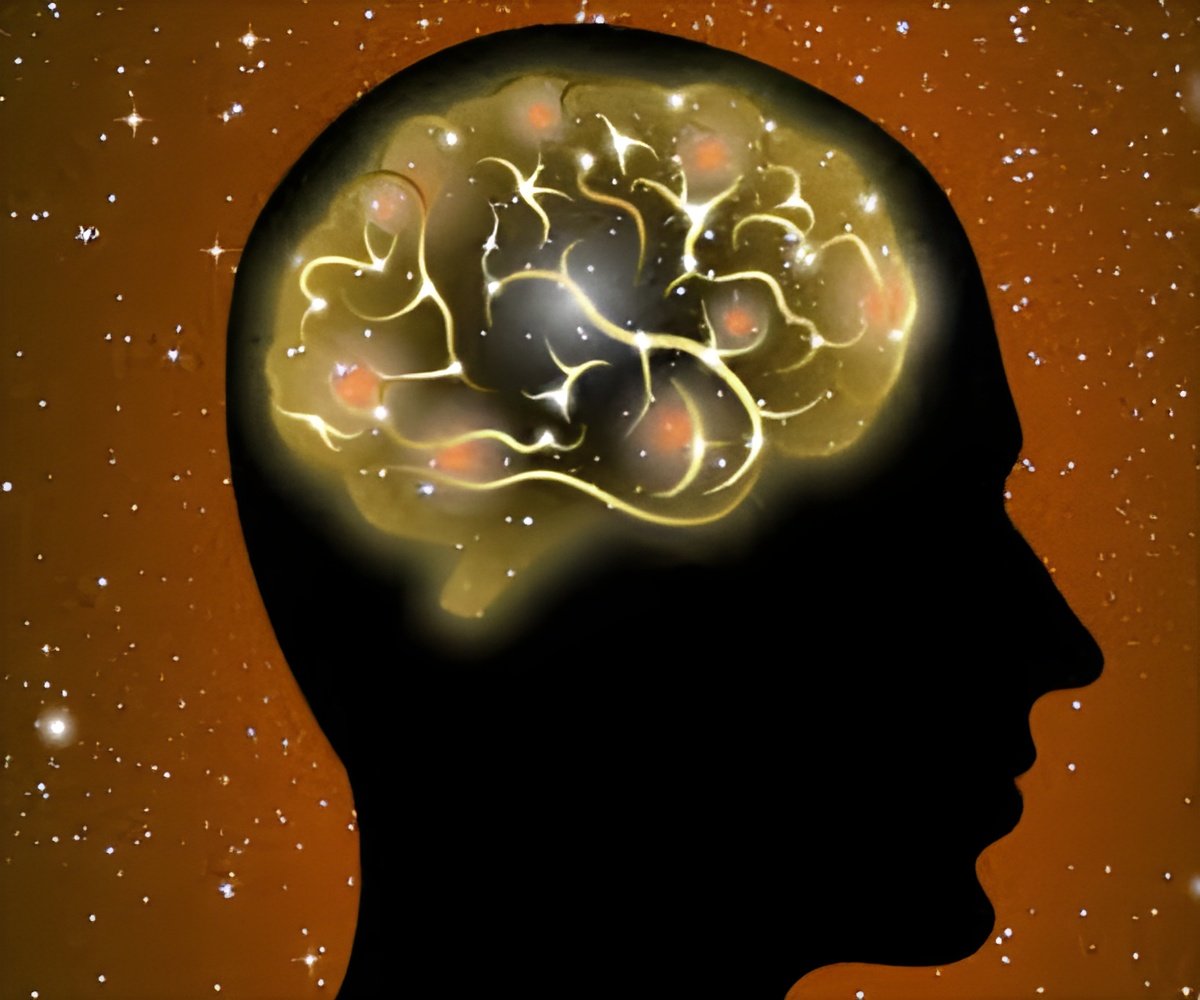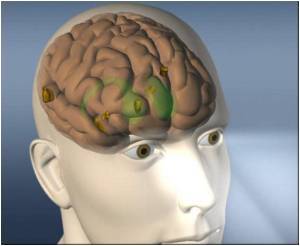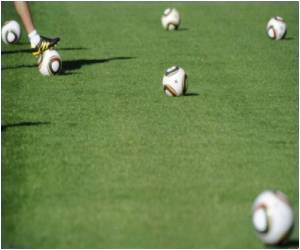A new technique has helped researchers to find out why patients vary widely in their response to concussion.

The new technique could eventually help in assessing concussion patients, predicting which head injuries are likely to have long-lasting neurological consequences, and evaluating the effectiveness of treatments, according to lead author Michael L. Lipton.
The Centers for Disease Control and Prevention estimates that more than one million Americans sustain a concussion (also known as mild traumatic brain injury, or mTBI) each year.
Previous imaging studies found differences between the brains of people who have suffered concussions and normal individuals. But those studies couldn't assess whether concussion victims differ from one another.
"In fact, most researchers have assumed that all people with concussions have abnormalities in the same brain regions," Dr. Lipton said.
"But that doesn't make sense, since it is more likely that different areas would be affected in each person because of differences in anatomy, vulnerability to injury and mechanism of injury," he said.
Advertisement
The patients were imaged within two weeks of injury and again three and six months afterward.
Advertisement
DTI detects subtle damage to the brain by measuring the direction of diffusion of water in white matter. The same technology was used by Dr. Lipton and his team in widely publicized research on more than 30 amateur soccer players who had all played the sport since childhood.
They found that frequent headers showed brain injury similar to that seen in patients with concussion.
The uniformity of diffusion direction - an indicator of whether tissue has maintained its microstructural integrity - is measured on a zero-to-one scale called fractional anisotropy (FA).
In the latest study, areas of abnormally low FA (reflecting abnormal brain regions) were observed in concussion patients but not in controls. Each concussion patient had a unique spatial pattern of low FA that evolved over the study period.
Surprisingly, each patient also had a unique, evolving pattern of abnormally high FA distinct from the areas of low FA.
"We found widespread high FA at every time point, all the way out to six months and even in patients more than one year out from their injury.
"We suspect that high FA represents a response to the injury. In other words, the brain may be trying to compensate for the injury by developing and enhancing other neural connections. This is a new and unexpected finding," Lipton said.
At present, diagnosis of concussions is based mainly on the nature of the patient's accident and the presence of symptoms including headache, dizziness and behavioural abnormalities. DTI, combined with EZ-MAP analysis, might offer a more objective tool for diagnosing concussion injuries and for predicting which patients will have persistent and progressive symptoms.
The study has been published in the online edition of Brain Imaging and Behavior.
Source-ANI










